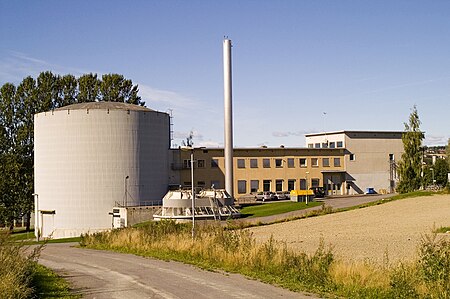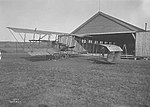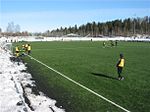Institute for Energy Technology

Institute for Energy Technology (IFE) was established in 1948 as the Institute for Nuclear Energy (IFA). The name was changed in 1980. Its main office is at Kjeller, Norway, and slightly under half of the institute’s activities are based in Halden. In Halden IFE is host to the international OECD Halden Reactor Project, with 18 member states. IFE conducts research in the following areas: energy, environmental technology, physics, materials science, petroleum technology, nuclear safety and reliability and man-machine systems (man-technology-organisation). IFE operates the only two existing nuclear reactors in Norway. Both are dedicated to research. The JEEP II reactor at Kjeller is used for basic research in physics and material science, as well as production of radiopharmaceuticals. The Halden Reactor is used for research in materials technology and nuclear fuel safety. The Institute has approximately 600 employees in Halden and at Kjeller. The President is Nils Morten Huseby.
Excerpt from the Wikipedia article Institute for Energy Technology (License: CC BY-SA 3.0, Authors, Images).Institute for Energy Technology
Lillestrøm
Geographical coordinates (GPS) Address Nearby Places Show on map
Geographical coordinates (GPS)
| Latitude | Longitude |
|---|---|
| N 59.9743 ° | E 11.0513 ° |
Address
2007 Lillestrøm
Norway
Open on Google Maps





